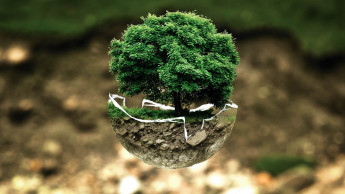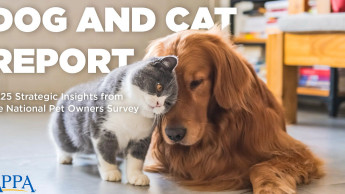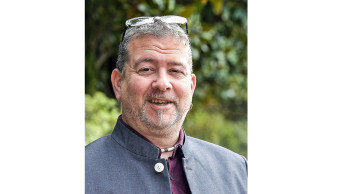

The shrimp farm of Timur and Handan Eker lies in Antalya. They supply the Turkish aquatics trade with invertebrates and shrimp. Shrimp experts Tina Benneker and Mura Kilic visited the farm.
30 concrete tanks, each containing 3 500 l of water, house the creatures. Bee shrimp are bred in a “soft water room” in 50 aquariums containing between 60 and 450 l of water. The family firm also has its small office in Karides Evi (English: shrimp house). Dwarf shrimp of various kinds and colours, crayfish and water snails have been swimming and scuttling around here since 2009. The farm is run and maintained by Timur and Handan Eker along with Timur’s uncle Ali on a seasonal basis. Shrimp breeding does not consume a great amount of electricity, because the winters in Antalya are very mild thanks to the Taurus mountains in the hinterland; daytime temperatures range from 15 to 18 C°, with temperatures of 6 to 7 C° at night. Timur Eker has been an aqua-rium enthusiast since 1982. After spending his early years in Germany, he began selling aquatic plants in Turkey at the age of fourteen. His uncle Ali has been interested in aquariums since 1970. He opened the third specialist aquatics shop in Antalya in 1983. The initiative came from Handan Eker. “We were at the pet supplies fair in Hannover in 2008 and I took part in the competition ‘The Art of the Planted Aquarium’”, she says. She was enchanted by the dwarf shrimp in the judging tanks of the shrimp championship taking place at the same time. Professional approach The first creatures in the concrete tanks were twelve different species or colour breeds, in groups of 30 each. The tanks are supplied by a well, because the mains water in Antalya is chlorinated. It is pumped up from 100 metres to ensure that no pesticides or fertilisers used in cultivating vegetables get into the water. Female Neocaridina bear eggs around five times a year, while tiger shrimp bear roughly four times a year. Approximately 70 per cent of the shrimp and crayfish go to private aquarists. Some large aquariums and the University for Marine and Freshwater Biology in Antalya regularly procure feed stock. “It’s difficult to convince aquatics wholesalers and retailers in Turkey about keeping shrimp,” says Timur Eker. Their main business is transacted via the website www.karidesevi.com. Timur Eker also reports that aquariums are on the increase in Turkey: “We think that this is connected to economic growth and the young population. Our sales figures are doubling every year, as is the level of interest in seminars on shrimp keeping.” An item on Hurriyet Web-TV has drawn the couple to the attention of the biggest aquatics association in…
Related articles
Read also

 Menü
Menü






 6/2013
6/2013












 Newsletter
Newsletter